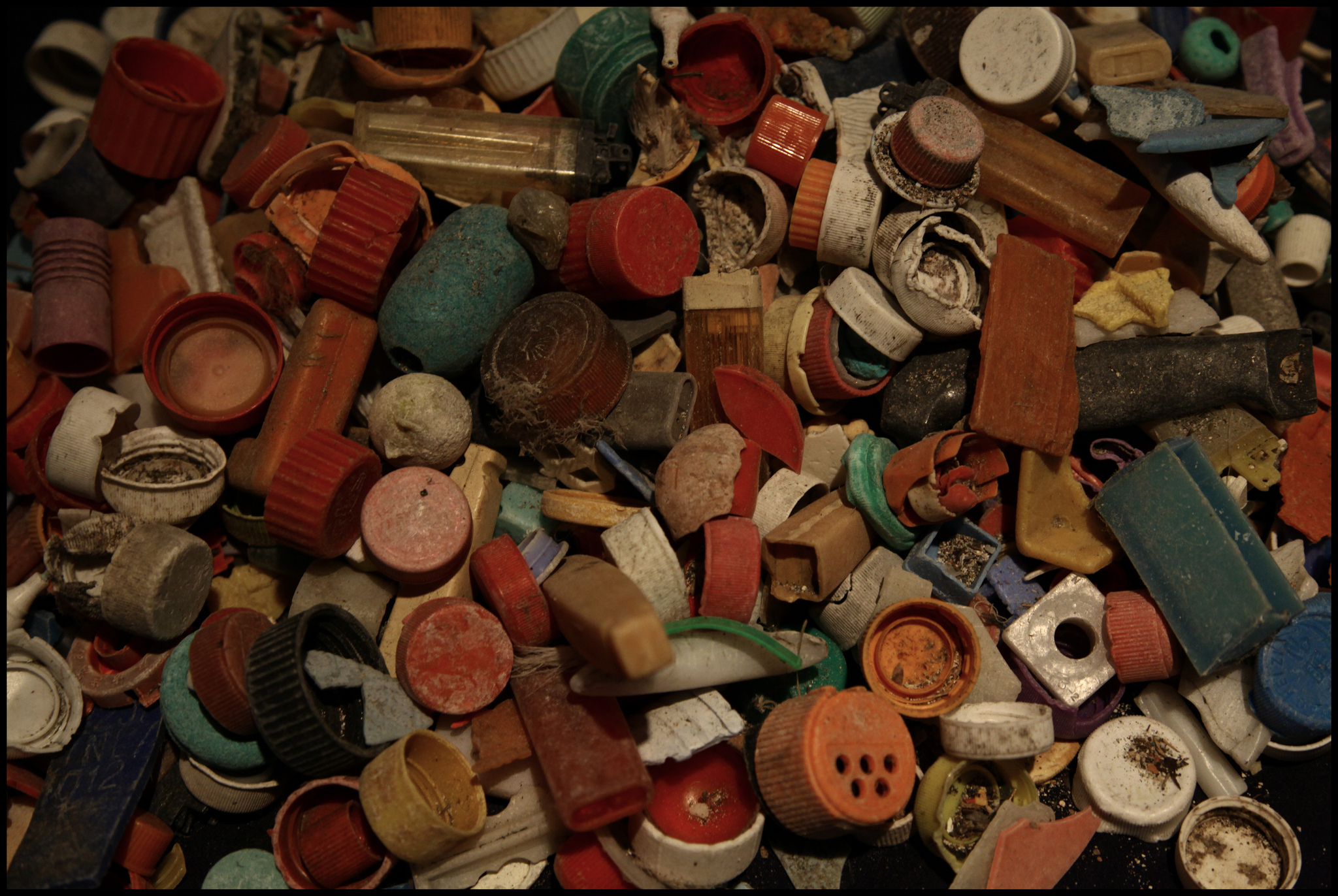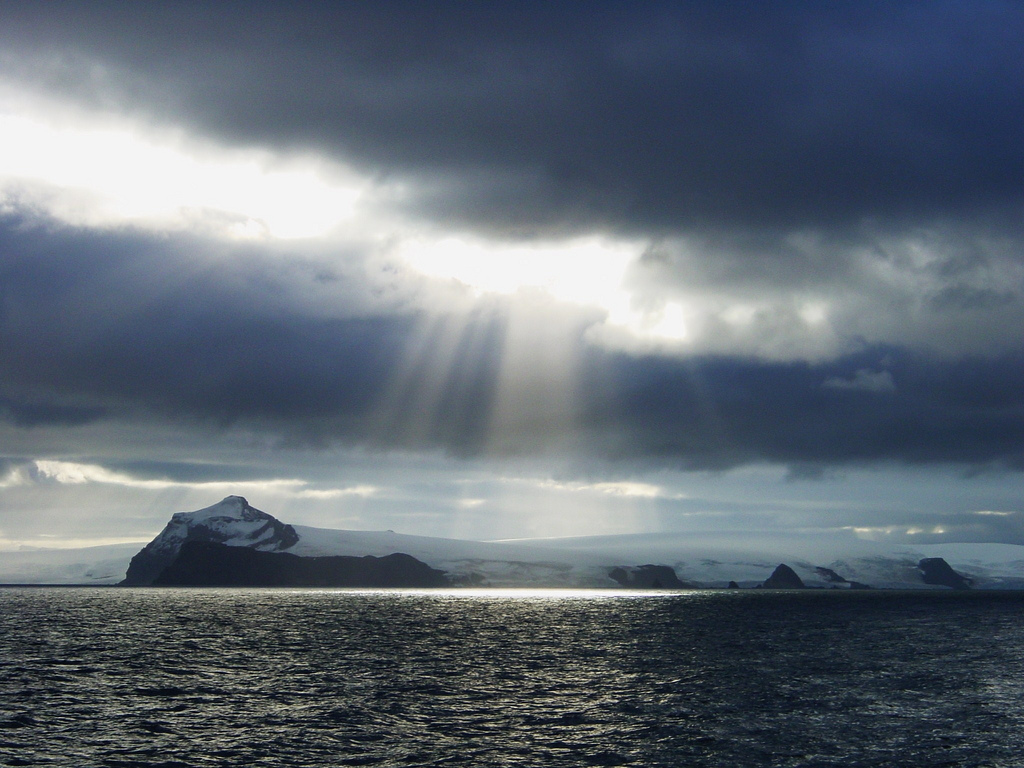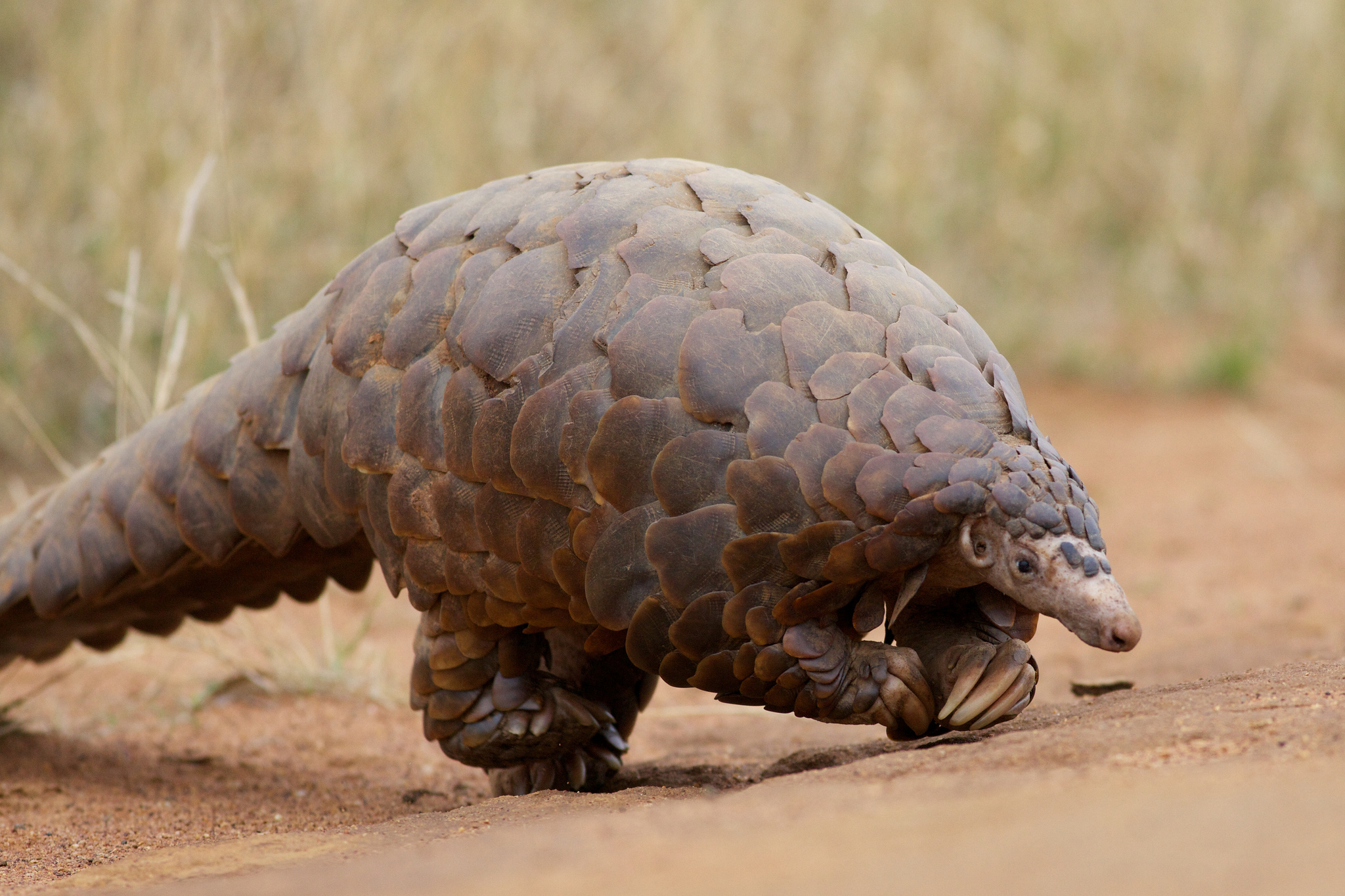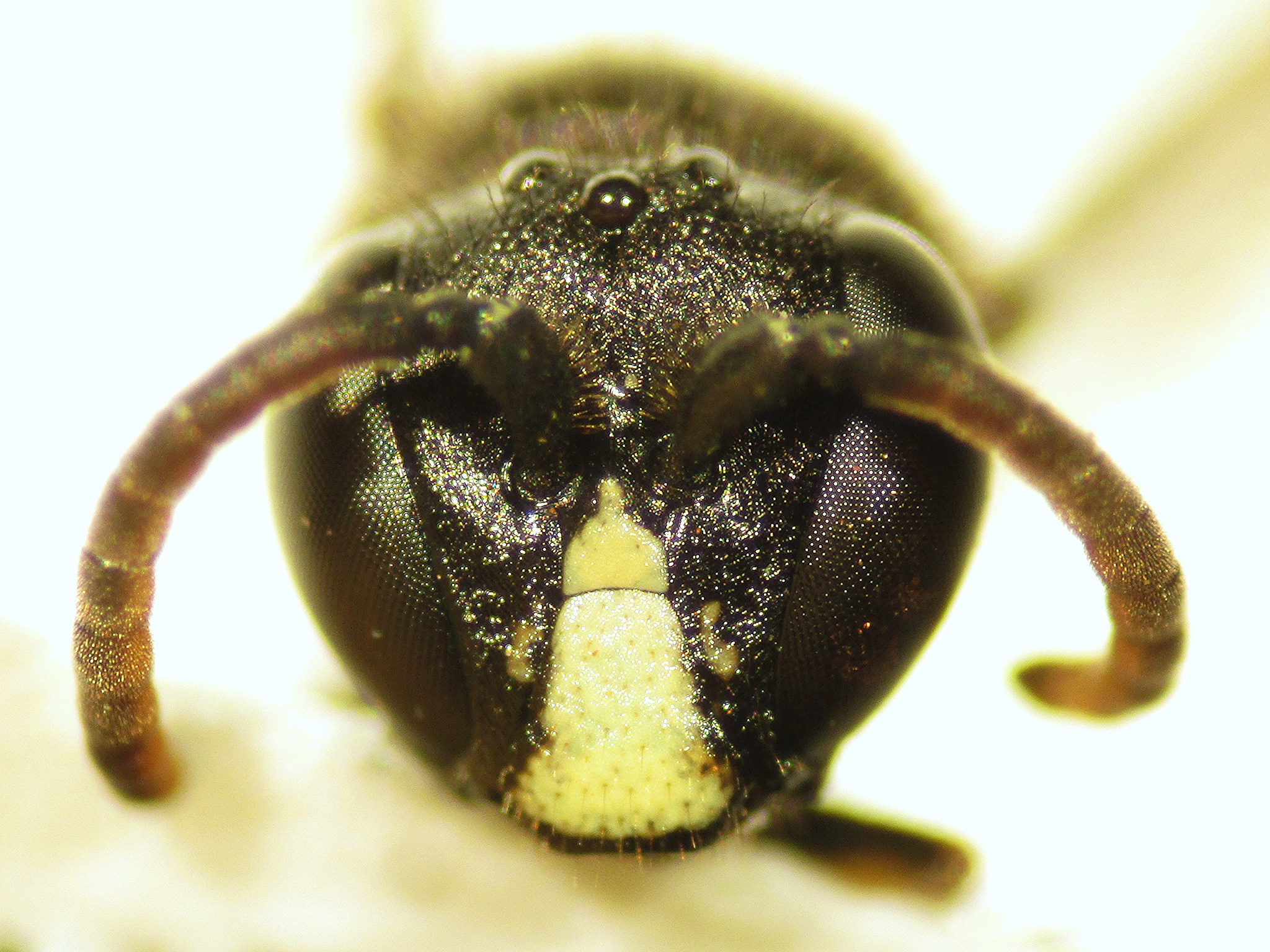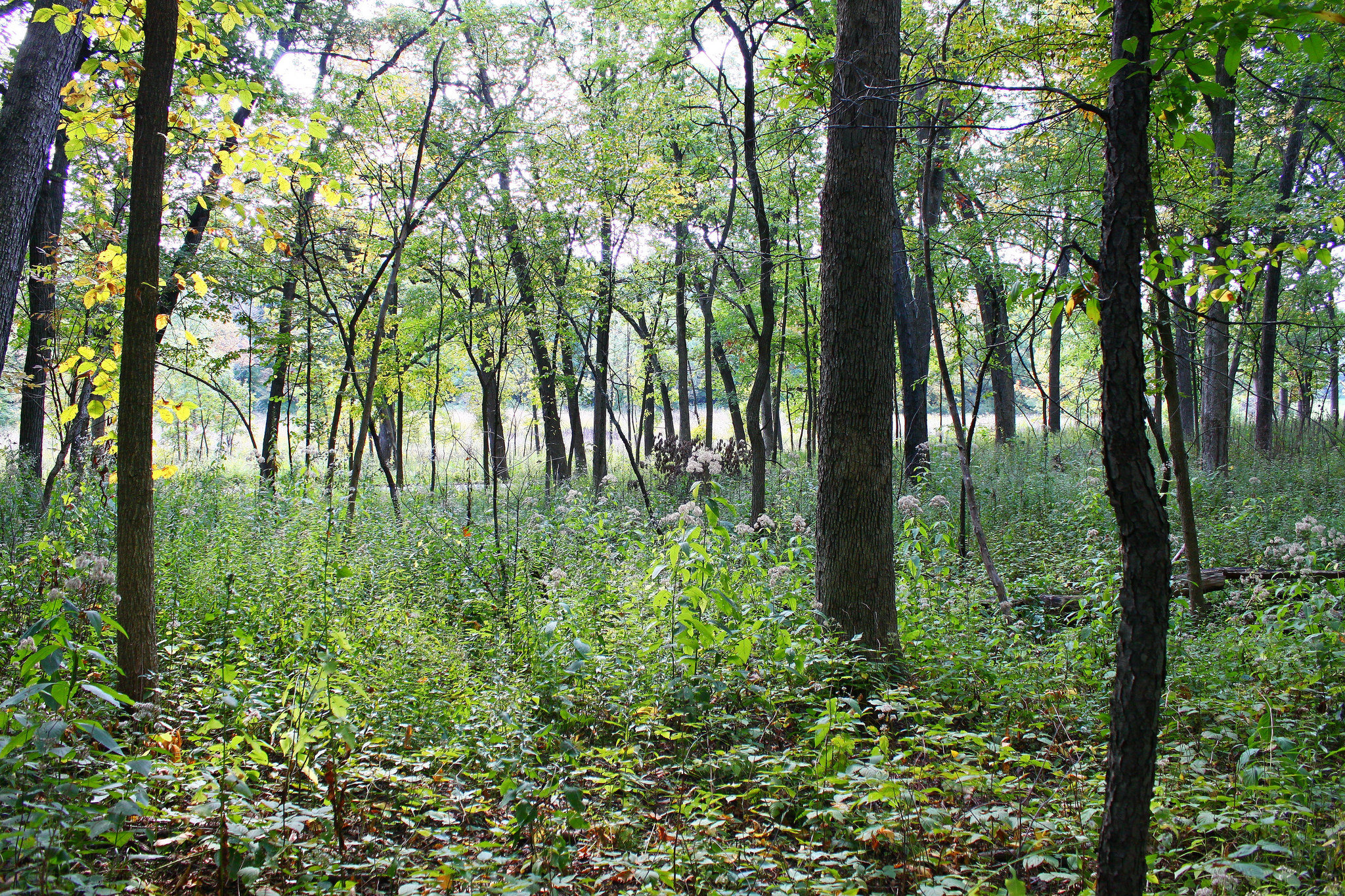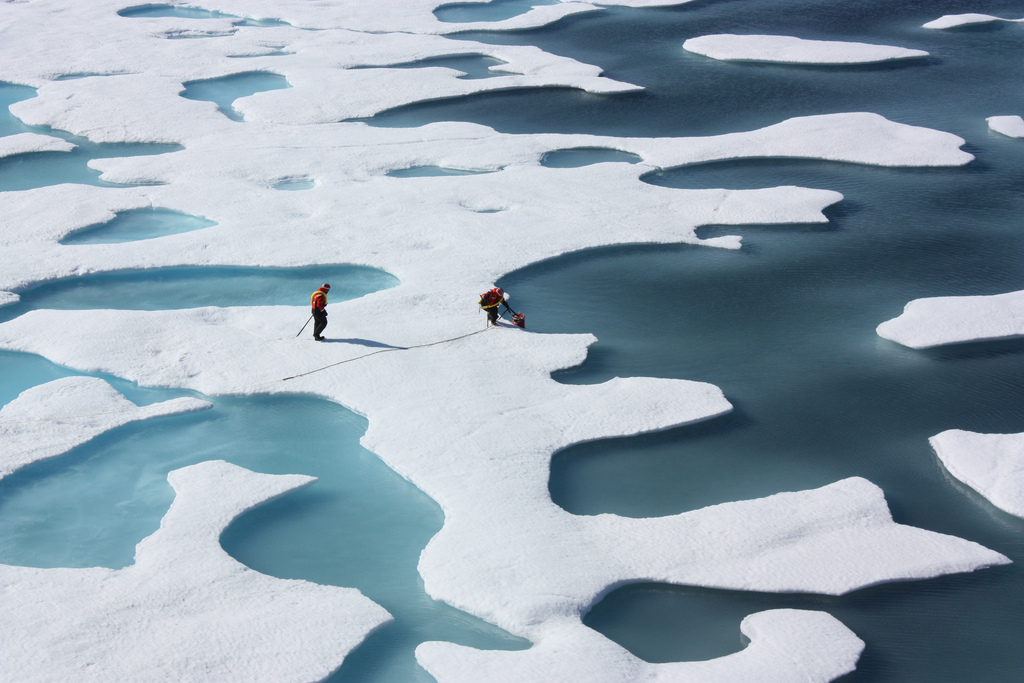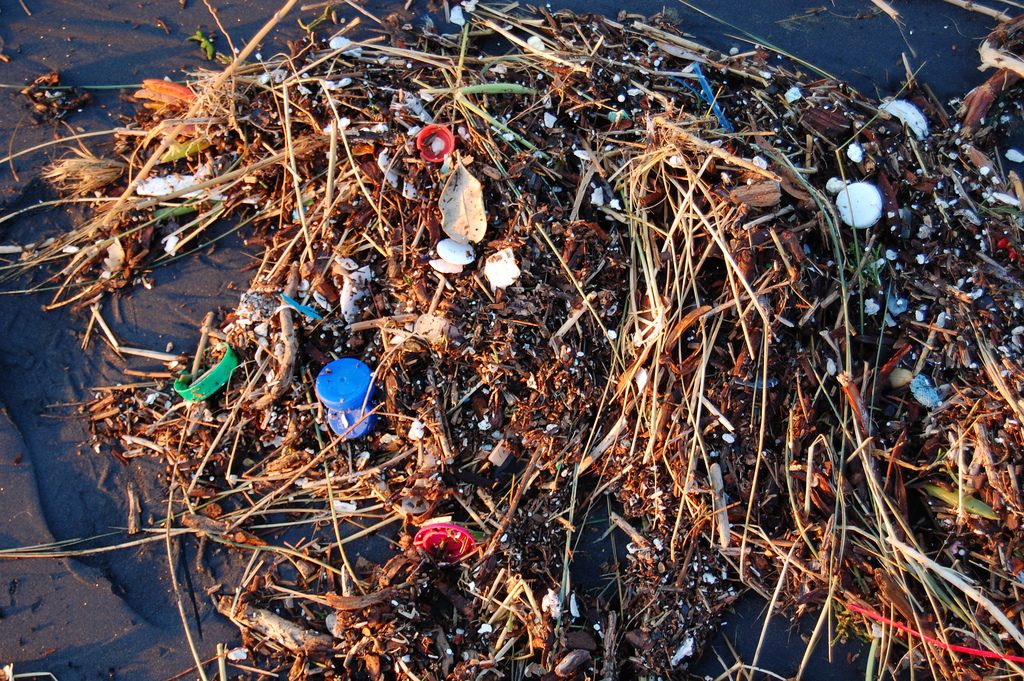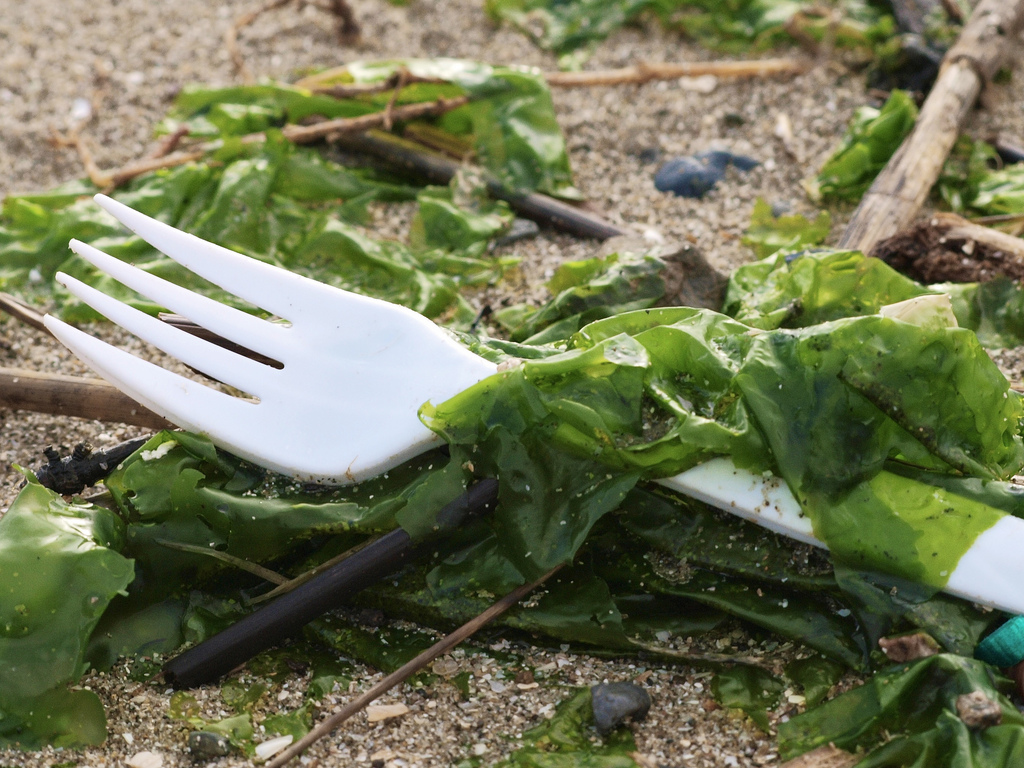Wildlife and Habitat
The Zombieless Apocalypse
Post-apocalyptic fiction is all the rage these days. There are numerous stories featuring an endless list of civilization-ending disasters: asteroid collisions, cataclysmic earthquakes, nuclear wars, supervolcanoes, pandemics… the list goes on and on. Most of the time, humanity either perishes entirely, is reduced to a handful of heroic and astonishingly resourceful souls, or ends up inexplicably as zombies staggering around the landscape in search of brains.
Renewable Energy As Art
When we think about the visual impact of energy plants, we usually envision ugly smokestacks belching out toxic fumes. Of course, many people also consider wind turbines to be eyesores and even solar panels are often viewed unfavorably from an aesthetic point of view.
Pandas No Longer Endangered
Back in June, we reported that the International Union for the Conservation of Nature was reassessing the giant panda’s status as an endangered species. Well, in an update of the IUCN’s Red List of Threatened Species in September, the giant panda was indeed downgraded to “vulnerable.”
Climate Change And Fish
According to a recent study published in the journal Global Change Biology, rising CO2 levels in the ocean can disrupt the sensory systems of fish and can even make them swim toward predators and ignore the sounds that normally deter them from risky habitats.
The Threat Of Bushmeat Hunting
A recent study has identified the steep decline of more than 300 species of mammals as a result of unregulated or illegal hunting. Humans are consuming many of the world’s wild mammals to the point of extinction.
Why Do Animals Eat Ocean Plastic?
It’s no secret that there is a lot of plastic debris in our oceans. In fact, scientists estimate that there is more than 165 million tons of plastic trash swirling about in our oceans today, with an additional 8.8 million tons flowing in every year. And as the oceans swell with plastic litter, hundreds of marine species are ingesting the stuff – often with dire consequences.
More Ice In Antarctica
Two years ago, NASA reported that the sea ice surrounding Antarctica reached a new record high extent, surpassing levels mapped since the late 1970s. This seemed to be quite contrary to the global warming trend that is leading to the melting of the Arctic and glaciers worldwide. And in fact, it does seem rather puzzling.
Restorative Ocean Farming
The conventional aquaculture industry has often been associated with many of the same problems that beset land-based agriculture: creating sterile monocultures, fouling the environment with pesticides, antibiotics and organic pollutants, and spreading diseases.
Snow Leopards And Humans
Snow leopards are majestic animals native to Central Asia. They roam the region’s rugged terrain, from Afghanistan to Kazakhstan and Russia in the north, and to India and China in the east. Snow leopards are known for their thick white coat of fur with ringed black and brown spots. These markings help camouflage the animals from their prey. But the camouflage does little to protect snow leopards from one of their biggest threats: humans.
Carbon Dioxide Continues To Rise
Back in December of 2013, a little less than three years ago, Earth Wise reported that the observatory on Mauna Loa in Hawaii had briefly measured carbon dioxide levels greater than 400 parts per million for the first time ever. During the following year, readings above the 400 level started to pop up occasionally elsewhere as well.
Help For Pangolins
Poaching and illegal trafficking in exotic animals is a world-wide problem that most of us are aware of. What most of us are less aware of is that the most trafficked mammal in the world is the pangolin, which you may well have never even heard of.
Tricks In Our Treats
Halloween is traditionally a day when we choose to ignore the inconvenient truths about candy. Many of us overindulge on sweet treats and give little thought to what’s inside… particularly with respect to nutrition.
Endangered Bees
It’s no secret that pollinators around the world are under threat. According to a U.N. sponsored report released earlier this year, 40% of invertebrate pollinator species, such as bees and butterflies, are facing extinction. And since approximately 75% of the world’s food crops depend on pollination, the decline of these pollinators poses a major threat to food worldwide.
Small Forests And Climate
Trees are the number one way in which carbon can be removed from the atmosphere and stored in vegetation over the long term. A single tree can absorb CO2 at a rate of 48 pounds per year. Because of this, the carbon footprints of 18 average Americans can be neutralized by one acre of hardwood trees. And it has been found that managed forests accumulate more carbon per acre than unmanaged forests.
Disappearing Arctic Ice
The top of the world is turning from white to blue in the summer. The ice that has long covered the north polar seas is melting away.
Ocean Cleanup Progress Report
Back in June, we talked about The Ocean Cleanup, a Dutch foundation founded in 2013 by an 18-year-old named Boyan Slat, which is developing technologies to rid the oceans of the vast collections of plastic that have been accumulating over the past 50 years.






